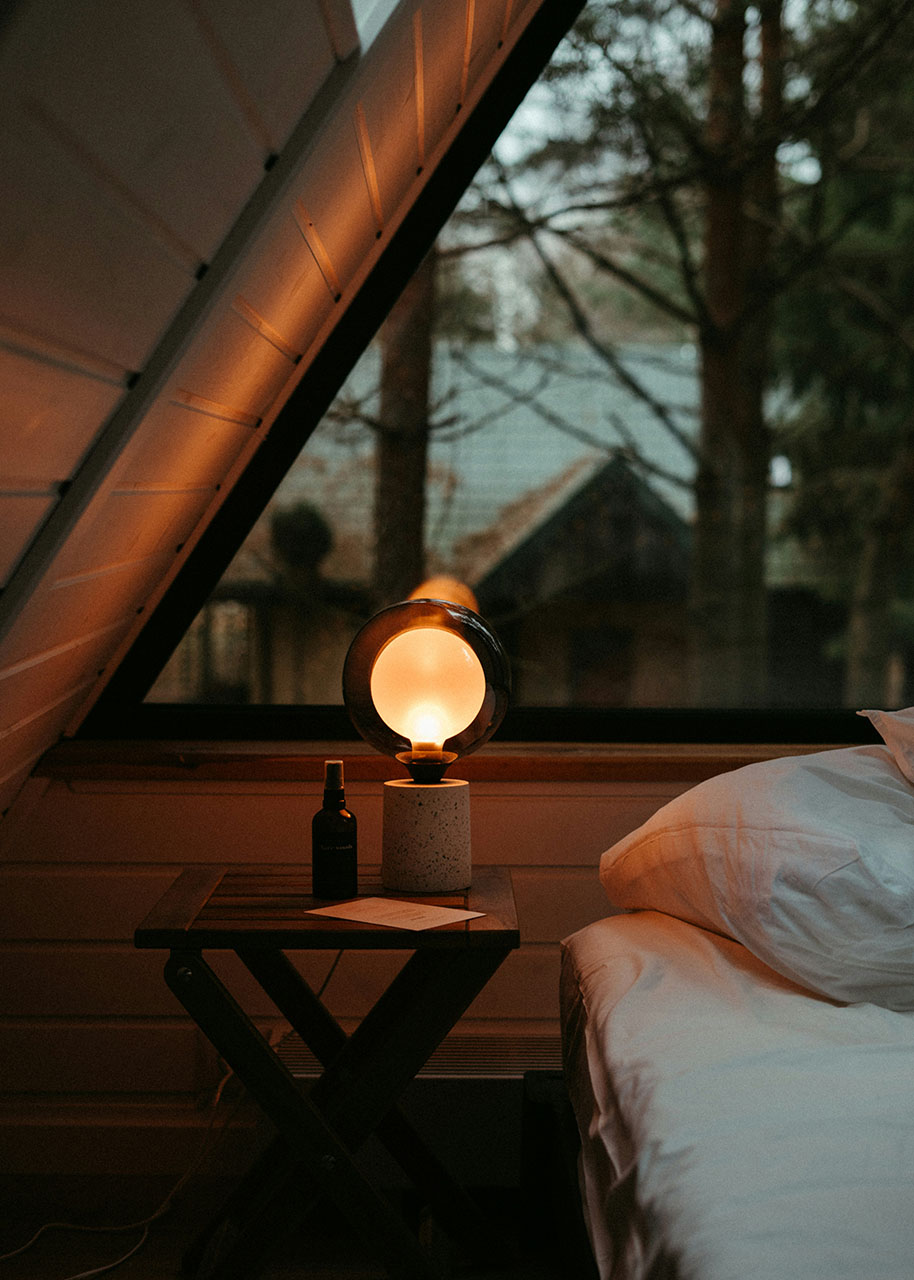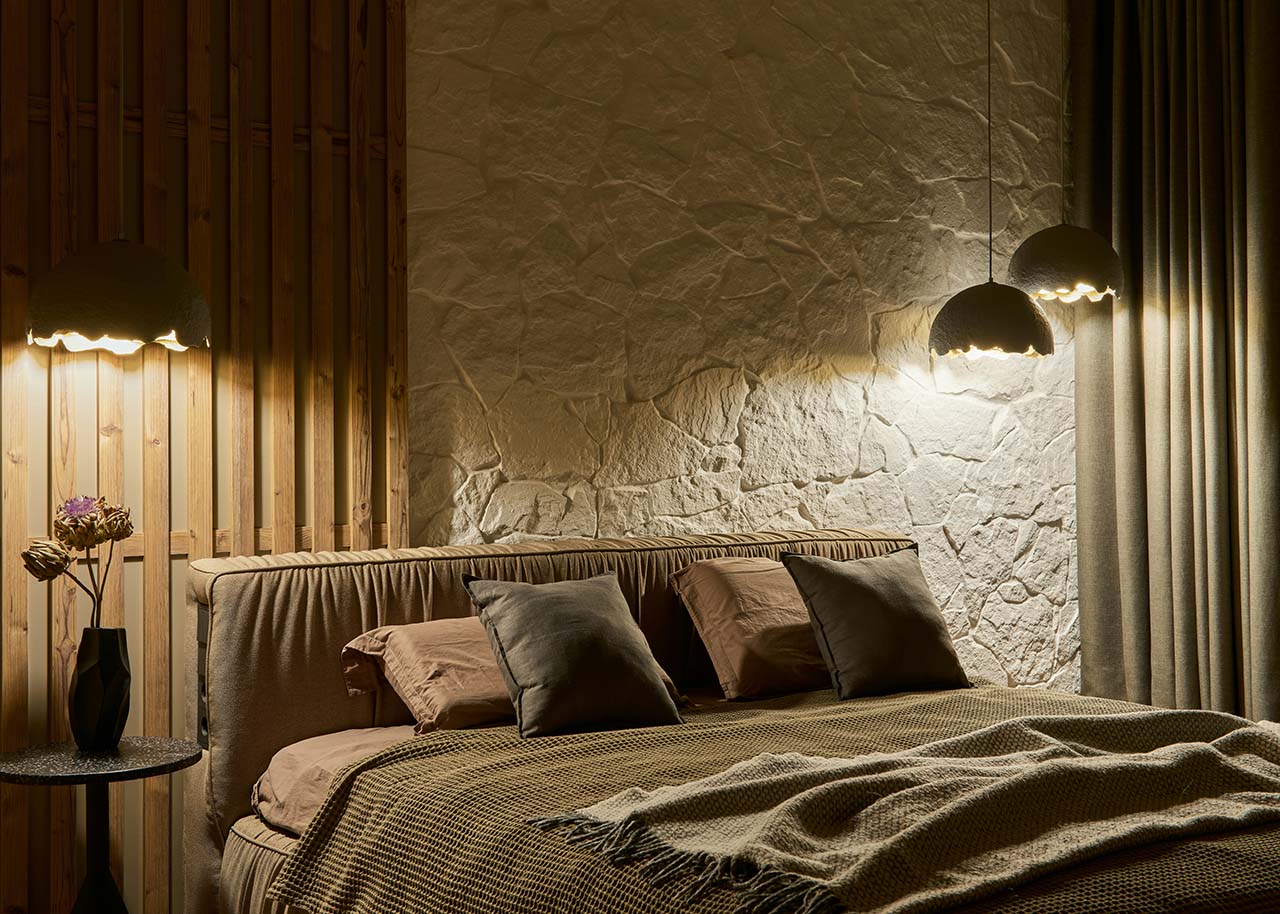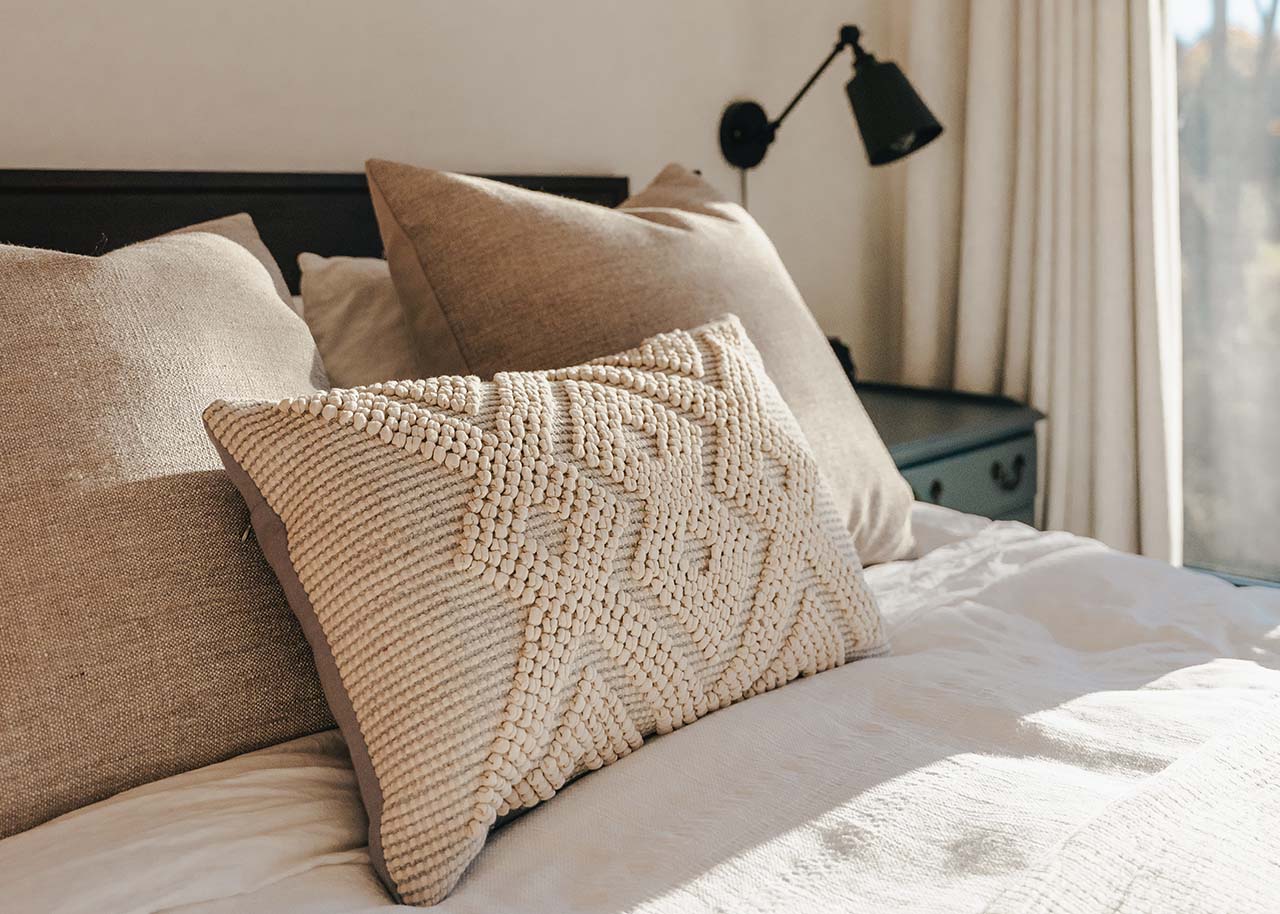(collaborative post)
A good night’s sleep is essential for physical and mental health, yet in our modern world, many people struggle to unwind and rest properly. Your bedroom, as the environment where you spend a third of your life, plays a significant role in your quality of sleep.
Transforming your bedroom into a sleep-friendly haven can be easier than you think. By incorporating a few thoughtful design elements, you can create a space that invites rest and relaxation, ensuring you wake up feeling refreshed and energised.
Start with a Comfortable Bed and Quality Mattresses
The bed is, of course, the most important element in any bedroom. When it comes to sleep, comfort is key, and this begins with selecting the right mattress. Mattresses vary in firmness, material, and size, so it’s important to choose one that aligns with your personal comfort preferences. A good mattress should provide adequate support for your body while allowing for a restful position throughout the night.
If you have trouble sleeping or waking up with aches and pains, it might be time to replace your mattress. Consider mattresses made from natural materials such as organic cotton, wool, or latex. These options not only provide comfort but are also hypoallergenic and environmentally friendly. Pair your mattress with pillows that suit your sleeping position—firm for back sleepers, soft for side sleepers, and medium for stomach sleepers—ensuring your body is properly aligned while you rest.
Set the Mood with Soft, Calming Lighting
Lighting can have a significant impact on your ability to unwind and relax before bedtime. Bright, harsh lights can stimulate your brain and make it more difficult to transition from wakefulness to sleep. To create a bedroom that invites sleep, focus on soft, ambient lighting that helps your body naturally prepare for rest.
Consider using dimmable lights, table lamps, or wall sconces to create a calming atmosphere in your bedroom. Opt for warm-toned light bulbs instead of cool, blue-toned ones, as they are less likely to interfere with your circadian rhythm. Avoid using overhead lights before bed, and instead, use softer lighting to create a more soothing environment. If possible, allow natural light into your room during the day by opening curtains or blinds. Natural light helps regulate your body’s internal clock, improving your sleep-wake cycle.
Keep the Room Cool and Well-Ventilated
Temperature plays a crucial role in sleep quality. A room that is too warm or too cold can make it difficult to fall asleep or stay asleep. Ideally, your bedroom should be kept at a cool, comfortable temperature, typically between 16°C and 18°C, to promote optimal sleep conditions.
Ensure your bedroom is well-ventilated, allowing for fresh air to circulate. You can achieve this by opening windows before bed or using a fan to help maintain air flow. If you live in a warm climate, consider investing in an air conditioning unit or using natural materials like linen bedding that can help regulate temperature. Keeping your room cool and airy will help your body cool down after a long day, making it easier to drift off into restful sleep.

Declutter for a Calm and Organised Space
A cluttered bedroom can lead to a cluttered mind. If you are surrounded by disorganisation and excess items, it can be difficult to fully relax and unwind. To create a peaceful and restful environment, keep your bedroom tidy and free from unnecessary distractions. This doesn’t mean you need to embrace minimalism, but rather focus on creating a clean, organised space that feels calming.
Start by removing any items that don’t belong in your bedroom, such as work-related materials, laundry, or gadgets that may distract you. Invest in storage solutions like under-bed drawers or baskets to help keep things organised. A clean, minimalist space will help you maintain a clear mind, which is essential for preparing your body for restful sleep.
Choose Soothing Colours and Natural Materials
The colours in your bedroom can have a profound effect on your mood and ability to relax. To create a serene space that promotes rest, focus on soft, neutral tones like whites, beiges, and muted greys. These colours have been shown to have a calming effect on the mind, helping to reduce stress and promote relaxation.
In addition to colour, consider incorporating natural materials into your bedroom décor. Materials like wood, stone, and cotton are known to have a grounding effect, helping to create a peaceful, restful environment. Wood furniture, soft cotton bedding, and natural fibre rugs are all excellent choices that contribute to the overall ambience of a sleep-friendly room.
Introduce Calming Scents
Aromatherapy can be a powerful tool for enhancing sleep quality. Certain scents have been shown to promote relaxation and calm the nervous system, making it easier to drift off to sleep. Lavender, chamomile, and sandalwood are among the most popular essential oils for sleep.
You can introduce these calming scents into your bedroom in a variety of ways. Use an essential oil diffuser, a pillow spray, or simply place a small sachet of dried lavender near your pillow. The scent of lavender, in particular, has been scientifically proven to reduce anxiety and promote deeper sleep, making it an ideal addition to your bedtime routine.
Limit Electronics and Screen Time Before Bed
In today’s digital age, many of us are guilty of using our phones, laptops, or watching television right before bed. However, the blue light emitted from screens can interfere with your body’s production of melatonin, the hormone responsible for regulating sleep. To ensure your bedroom is a restful sanctuary, limit your use of electronic devices at least an hour before bed.
Instead, use this time to unwind with a relaxing activity like reading, journaling, or practising mindfulness. By reducing screen time and focusing on calming activities, you can help your body prepare for sleep and improve your overall sleep quality.
Creating a bedroom that invites sleep doesn’t require drastic changes—small adjustments to your sleep environment can have a significant impact on your ability to rest. By focusing on comfort, lighting, temperature, decluttering, and incorporating calming scents, you can design a space that promotes relaxation and improves your overall wellbeing. Don’t forget that choosing quality mattresses and pillows, along with a clean and soothing environment, is essential for ensuring you get the restorative sleep your body needs.
This post was published in collaboration with a content partner. The article is meant to inspire you how to live a slow, simple, soulful and sustainable lifestyle and may contain (affiliate) links to articles, websites or products/services that may be of interest to you.
Would you like to receive inspiration from The Slow Living Guide regularly?
Sign up for the newsletter here.



